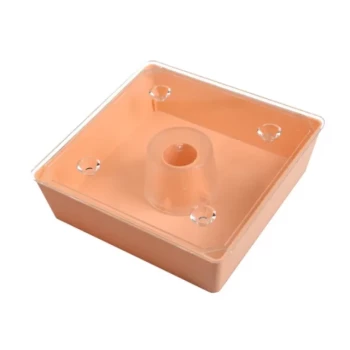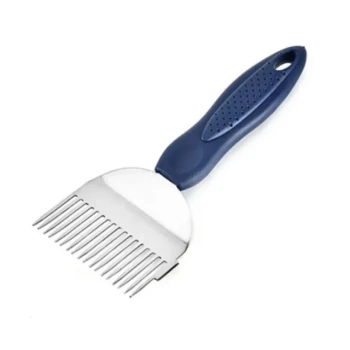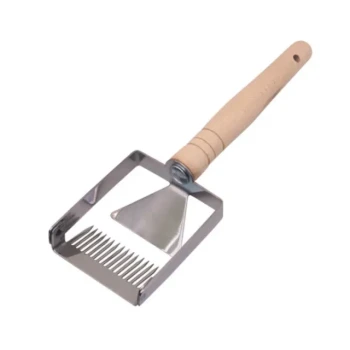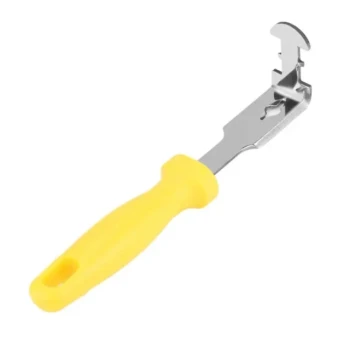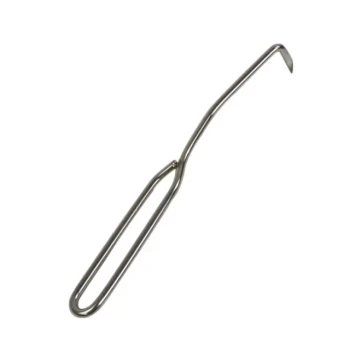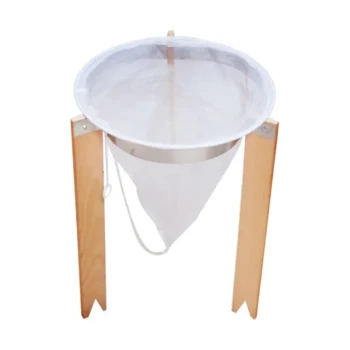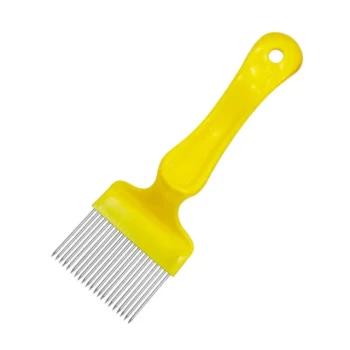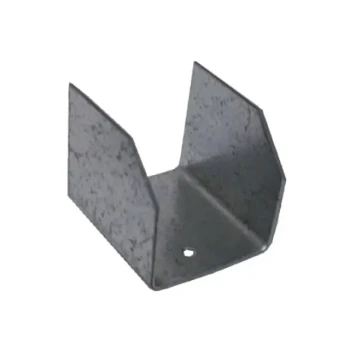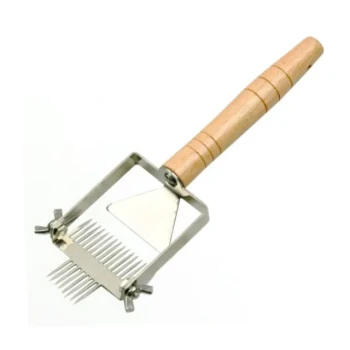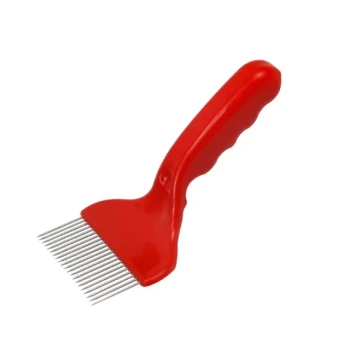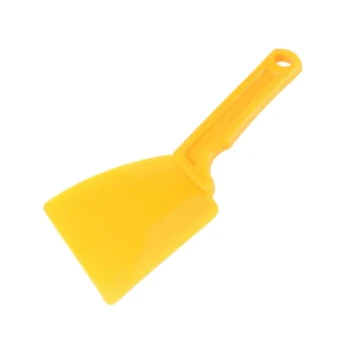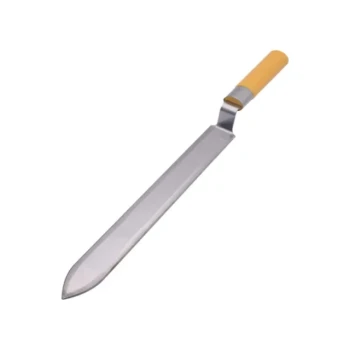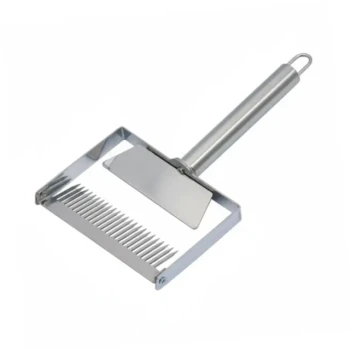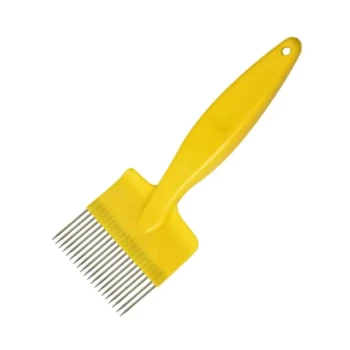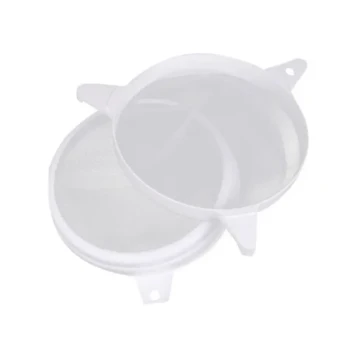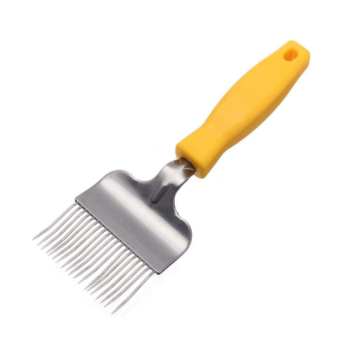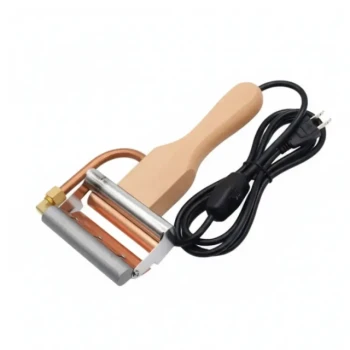Effective beekeeping safety is a systematic practice, not just a single piece of equipment. While a quality bee suit is essential, true safety also involves handling tools with care, being mindful of physical strain, and understanding how your actions influence bee behavior. The goal is to create a calm, controlled environment for both you and your bees.
True safety in beekeeping extends beyond simply preventing stings. It requires a holistic approach that manages physical risks from heavy equipment and sharp tools while fostering a calm, predictable environment that minimizes bee defensiveness.
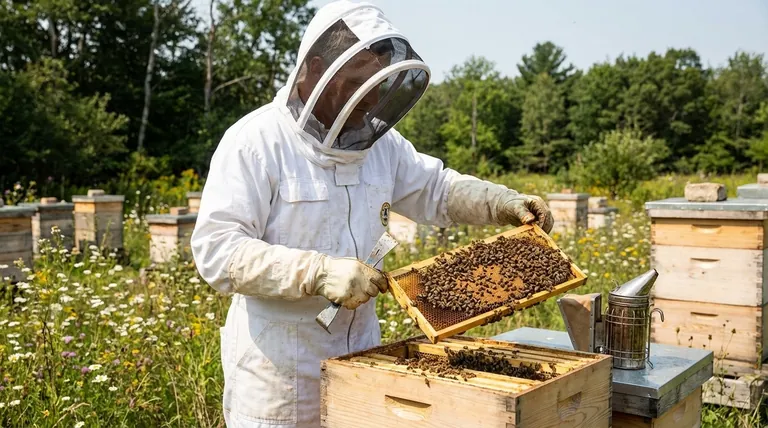
Foundational Safety: Your Protective Gear
Your first line of defense is the clothing you wear. The right gear, worn correctly, is the foundation of a safe and confident hive inspection.
Choosing the Right Suit or Jacket
A full bee suit offers the most comprehensive protection, covering you from neck to ankle. For those in hot climates or who prefer more mobility, a jacket with an integrated veil is a common and effective alternative. Both should be made of a thick, light-colored fabric to keep you cool and appear less threatening to bees.
The Critical Importance of Fit
Your protective clothing must fit properly. It should be loose enough that a bee's stinger cannot reach your skin through the fabric, but not so baggy that it becomes a tripping hazard or allows bees to slip through loose cuffs. Tight clothing restricts movement and makes you an easier target for stings.
Protecting Your Hands and Feet
Gloves are a critical component. While thick leather gloves offer maximum protection, they reduce dexterity, which can lead to clumsy movements that aggravate the hive. Many beekeepers use thinner nitrile or goat leather gloves as a compromise for better feel. Always wear sturdy, closed-toe boots to protect your ankles and feet.
Beyond the Sting: Physical and Environmental Hazards
Experienced beekeepers know that stings are not the only risk. The physical work and the tools of the trade demand respect and careful handling.
Safe Tool Handling
Your hive tool is a sharp, sturdy piece of metal. When using it to pry apart hive boxes or scrape away propolis and wax, always be aware of where your other hand is. A slip can easily cause a deep cut. Treat it with the same caution you would any sharp implement.
Managing Your Smoker
A lit smoker is a fire and burn hazard. Never leave it unattended on a flammable surface like dry grass. Be mindful of where you direct the hot nozzle, and ensure it is completely extinguished and cooled before storing it.
The Physical Demands of Lifting
A hive box full of honey, known as a super, can weigh 50 pounds (about 23 kg) or more. Always use proper lifting techniques—bending at your knees, not your waist—to prevent serious back injury. If a box is too heavy, it is better to move frames individually.
Understanding the Trade-offs and Common Myths
Navigating beekeeping advice requires separating evidence-based practices from folklore. Understanding the context behind certain rules is key to making informed decisions.
The "No Bananas" Rule
You may hear that you should not eat bananas before inspecting a hive. This is because isoamyl acetate, the chemical compound that gives bananas their distinct smell, is a key component of the bees' alarm pheromone. While the risk is likely minimal, avoiding bananas before an inspection is a simple and harmless precaution.
Gloves: Protection vs. Dexterity
There is a direct trade-off when choosing gloves. Thick leather gloves provide excellent sting protection but make you clumsy, increasing the chance you might crush a bee and trigger a defensive response. Thinner gloves improve your dexterity for more delicate work but offer less protection. Your choice depends on your comfort level and the temperament of your hive.
Unverified Sting Remedies
While some suggest carrying essential oils for stings, the medically recommended first aid is straightforward. If stung, scrape the stinger out immediately with a fingernail or hive tool to stop more venom from pumping in. Then, wash the area and apply a cold compress to reduce swelling. For any signs of a severe allergic reaction, such as difficulty breathing, seek emergency medical help immediately.
A Checklist for Safe Hive Inspections
Your approach to safety should align with your specific goals and comfort level. Use these points as a guide for every visit to your apiary.
- If your primary focus is maximum protection: Wear a full, ventilated bee suit with thick leather gloves and ensure all zippers and seals are secure before approaching the hive.
- If your primary focus is hive health and dexterity: Consider a jacket and veil with nitrile gloves, allowing for more delicate handling of frames and a lower chance of accidentally harming bees.
- If your primary focus is overall risk management: Prioritize proper lifting techniques for heavy boxes and always handle your sharp hive tool and hot smoker with deliberate, conscious care.
Ultimately, consistent and mindful preparation is the key to making beekeeping a safe and rewarding experience.
Summary Table:
| Safety Category | Key Precautions |
|---|---|
| Protective Gear | Full bee suit or jacket with veil; light-colored, loose-fitting fabric; sturdy gloves and closed-toe boots. |
| Tool & Equipment | Handle sharp hive tools carefully; manage lit smoker as a fire/burn hazard; use proper lifting techniques for heavy supers. |
| Bee Behavior | Avoid bananas before inspection (alarm pheromone); move calmly to minimize defensiveness; scrape stingers out, don't pinch. |
Protect your commercial beekeeping investment and personnel with the right equipment. HONESTBEE supplies durable, professional-grade beekeeping supplies and safety gear designed for the demands of commercial apiaries and distributors. Our wholesale-focused operations ensure you get the reliable protection you need. Contact HONESTBEE today to discuss your apiary's safety requirements.
Visual Guide
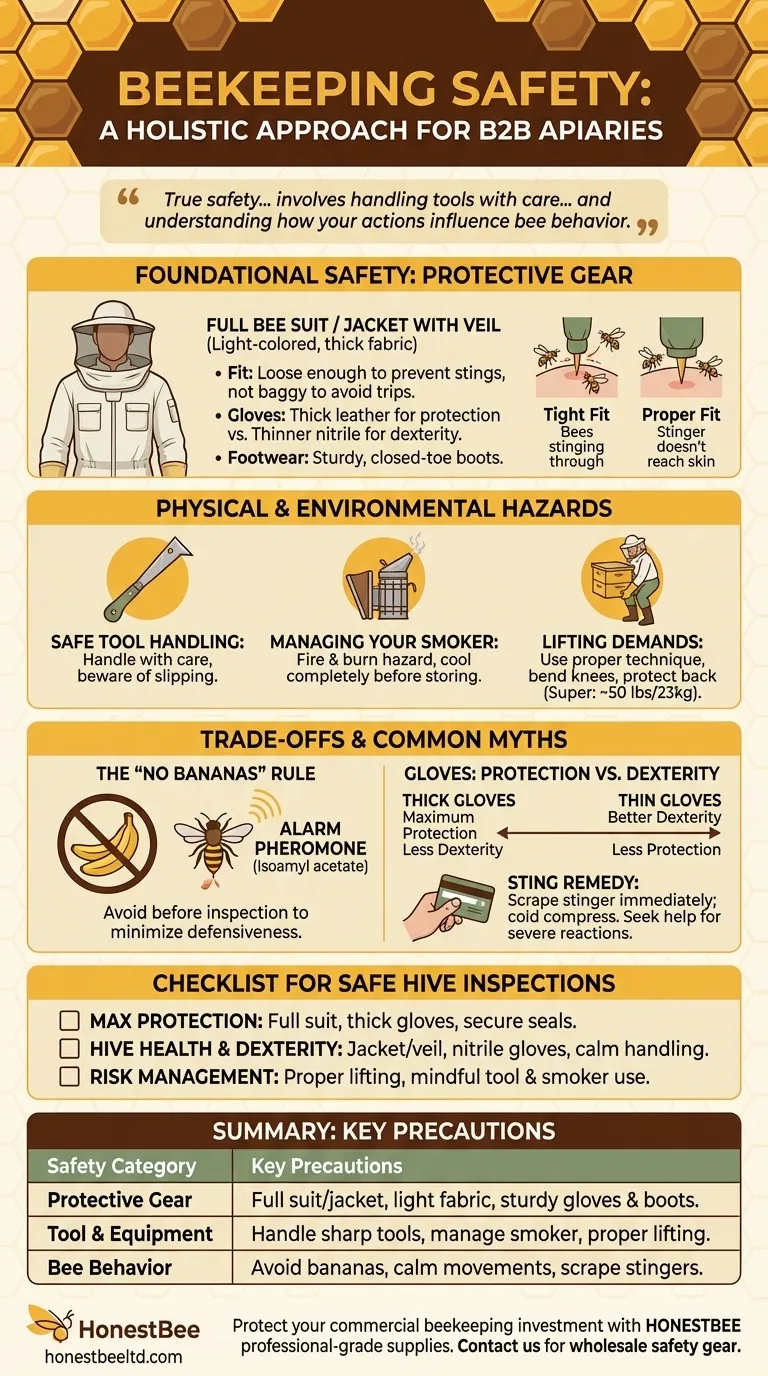
Related Products
- White Cotton Beekeeping Jacket and Veil for Bee Keepers
- HONESTBEE Square Top Hive Bee Feeder Top Bee Feeder
- Professional Multi-Function Uncapping Fork with Integrated Blade for Beekeeping
- Professional Stainless Steel Uncapping Fork with Wooden Handle
- Heavy Duty Stainless Steel Frame Cleaner with Plastic Handle
People Also Ask
- Why is protective gear important for beekeepers? Essential Safety for Confident Beekeeping
- What are some dos and don’ts when cleaning a beekeeping suit? Protect Your Investment and Your Hive
- What is a bee enclosure called? A Guide to Choosing the Perfect Apiary Site
- How do bees produce honey? The Ingenious Process of Natural Food Preservation

